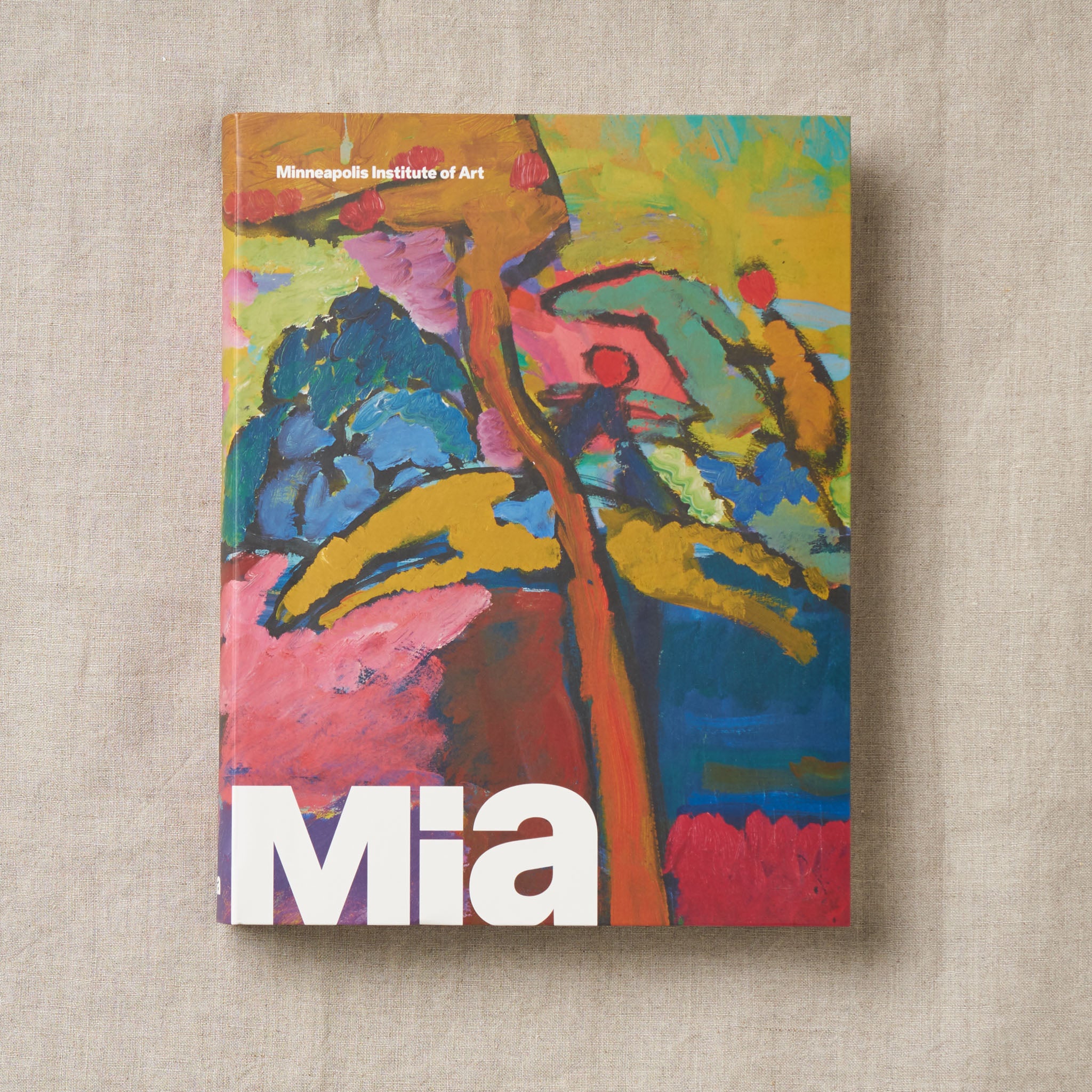Contributing Members use code "MyMia" for 10% off!
Please review our shipping and curbside pickup information as you are placing your order.
Thank you for supporting Mia!
Contributing Members use code "MyMia" for 10% off!
Please review our shipping and curbside pickup information as you are placing your order.
Thank you for supporting Mia!
The Art of Change: Kamoda Shoji
9780998587202
$5.00
Member price $4.50
This fully illustrated catalog accompanies the exhibition Kamoda Shōji: The Art of Change, on view at the Minneapolis Institute of Art from December 11, 2021 until April 17, 2022—the first exhibition of his work outside of Japan. Aaron Rio, Associate Curator at the Metropolitan Museum of Art, provides a vivid account of Kamoda’s meteoric rise to fame and tireless quest to invent new surface treatments for his functional vessels. Yokobori Satoshi, curator at the Mashiko Museum of Ceramic Art, contributes an essay that reveals. Komoda’s knowledge of historic Japanese ceramic techniques, and posits the notion that Japanese ceramists at least since the 17th century have used clay for aesthetic innovation regardless of whether the final result was to be purely sculptural or functional in nature. The catalog highlights forty-nine works by Kamoda in American collections and also provides a timeline of his life and artistic development, a chronicle of solo and group exhibitions, and an extensive bibliography of publications in both English and Japanese.
Details: 146 pages; 12 b&w photos, 137 color plates
Share:
Related Items
The Store at Mia
Minneapolis Institute of Art
2400 Third Avenue South, Minneapolis, Minnesota 55404
Contact Us
Phone: 612.870.3100
Email: thestore@artsmia.org
My Mia
Membership is Free!
Contributing Mia members save 10% on all purchases at The Store at Mia.




